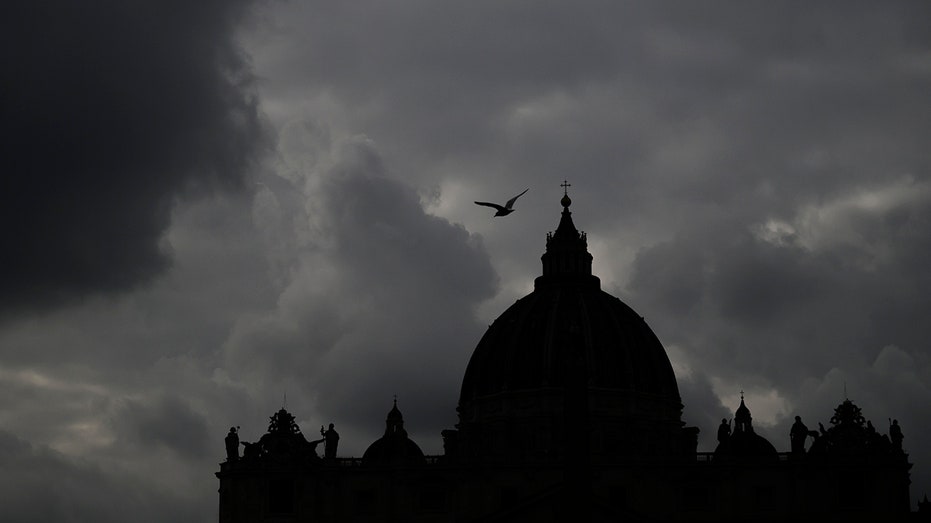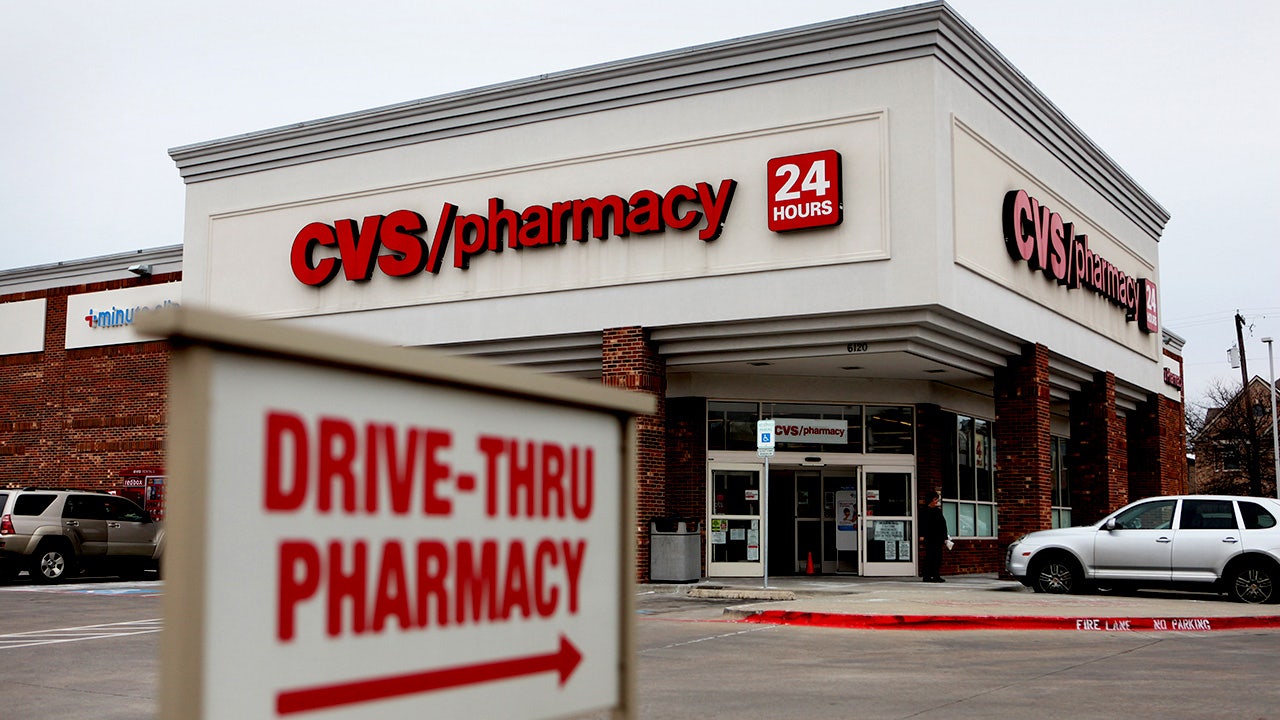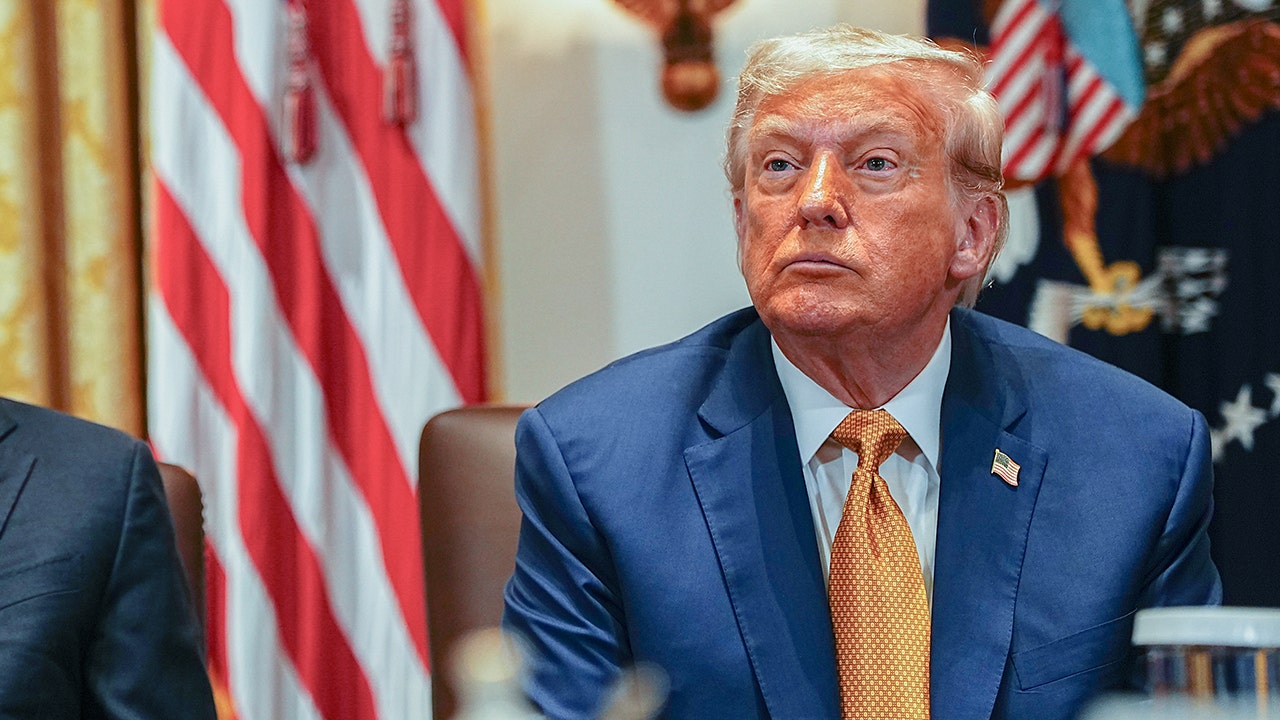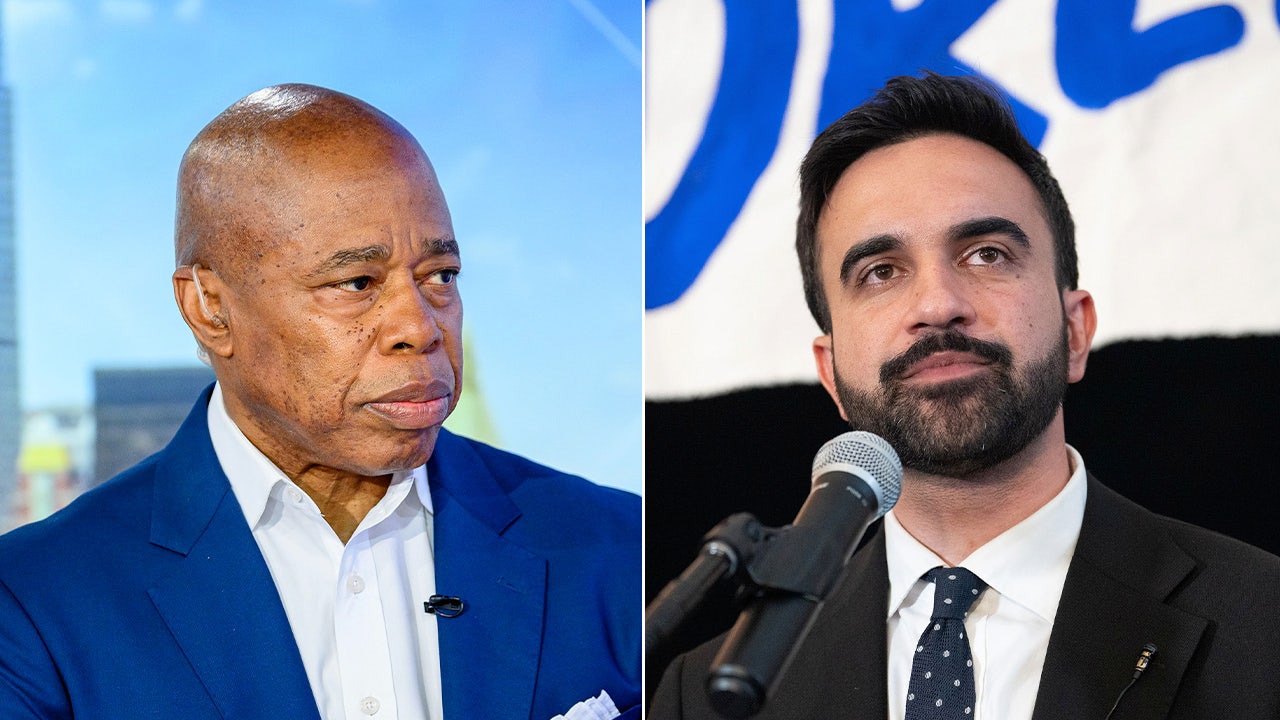The Vatican City is the smallest country in the world, and yet it is home to one of the world’s largest religions: the Roman Catholic Church.
On Monday, Pope Francis, head of state of Vatican City, died at 88 years old, according to Cardinal Kevin Ferrell, the Vatican camerlengo.
It is significant, as the pope holds the full executive, legislative, and judicial authority over the independent nation.
The Vatican’s financial situation has been in peril for years, with its annual operating deficit growing to over $90 million in 2023, according to reports. In November, Pope Francis warned that the Vatican’s pension fund — which provides pensions to employees of the Holy See and Vatican City State — has been facing a “severe prospective imbalance” that “tends to grow over time in the absence of interventions,” according to the Vatican News.
The governing body of the Vatican, also known as the Holy See, doesn’t provide exact numbers regarding its finances. However, the Central Intelligence Agency’s World Factbook estimated its revenues and expenditures in 2013 notched $315 million and $348 million, respectively.
VATICAN SHUFFLES TOP CLERGY IN CHARGE OF CATHOLIC CHURCH’S ETHICAL INVESTING PRACTICES
It generates this money through various avenues. According to the Michigan Journal of Economics, the Holy See generates some of its revenue through Peter’s Pence, which is a term that describes donations collected from Catholics around the world and given to the Pope on an annual basis. This accounts for $27 million each year, with the largest contributions deriving from the United States, Germany and Italy, according to American Magazine.
It also generates money from the real estate management of Vatican properties. However, only 20% of the real estate is available for economic return.
It also relies on other external donations, such as from dioceses, which account for 24% of the income, according to American Magazine.
However, it doesn’t just rely on donations to stay afloat. It is also supported by the money generated from the more than five million tourists that visit the area each year, according to the Michigan Journal of Economics. It also collects money from the admissions to its museums as well as through tours, the sale of highly sought-after stamps and coins, and of publications, the Michigan Journal of Economics reported.
POPE FRANCIS, APPLE CEO TIM COOK MEET IN PRIVATE VATICAN SIT-DOWN
About 5% of its income comes from the Governorate of the Vatican City State, including from Vatican museums, and the Institute for the Works of Religion, otherwise known as the Vatican Bank, according to American Magazine.

However, its reliance on tourism and its investments in artifacts and gold is what makes its economy so volatile, according to the Michigan Journal of Economics.
The Holy See aims to use the funds to help the poor, provide medical aid to those in need through their many hospitals, and continue to spread their religion, according to the Michigan Journal of Economics.
American Magazine reported that a sizable amount of the money, about 63%, goes toward services and administration, with another massive chunk being allocated to the Bambino Gesú Hospital.
Read the full article here














